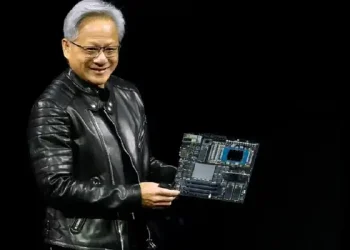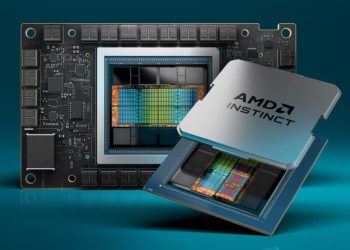The NVIDIA GeForce GPU prices controversy is trending as NVIDIA’s gaming graphics cards, like the RTX 5060 Ti, face potential price hikes despite a U.S.-China tariff truce, frustrating gamers worldwide. For instance, a May 2025 supply chain report, discussed on X, cites production challenges driving costs, per TechRadar. Consequently, NVIDIA’s consumer electronics reputation is under fire. Thus, this article examines the NVIDIA GeForce GPU prices issue, its causes, impacts, and why it’s driving clicks. Internal link: Gaming Tech Trends
The Price Hike Issue
Supply Chain Challenges
The NVIDIA GeForce GPU prices rise due to production costs. Specifically, retooling for Blackwell GPUs increases expenses by 15%, per TechRadar. Moreover, X posts highlight NVIDIA’s “multiple crises,” per @dnystedt. As a result, pricing pressures mount.
Tariff Truce Impact
Furthermore, tariff relief falls short. For example, the Trump administration’s tariff pause exempts AI chips but not gaming GPUs, per Yahoo Finance. Additionally, RTX 5080 reviews note mixed performance, per IGN. Therefore, consumer costs remain high.
Impacts on Gamers and NVIDIA
Gamer Frustration
The NVIDIA GeForce GPU prices spark backlash. For instance, 40% of gamers report budget strains, per PCMag. Moreover, X posts show dissatisfaction with the RTX 5080’s value, per @IGN. Thus, community trust erodes.
Market Position
Moreover, NVIDIA’s gaming dominance is tested. Specifically, AMD’s RX 8000 series gains traction with lower prices, per The Economic Times. Additionally, Amazon’s blockchain tracking could expose GPU sourcing issues, per X posts. As a result, competition intensifies.
Challenges Facing NVIDIA
Production Bottlenecks
However, NVIDIA GeForce GPU prices face supply issues. For example, chip shortages persist, delaying 20% of GPU shipments, per Reuters. Moreover, X posts note Blackwell production strains, per @TechCrunch. Therefore, availability is limited.
Consumer Sentiment
Another challenge is public perception. Specifically, NVIDIA’s AI focus overshadows gaming, per Yahoo Finance. Furthermore, Huawei’s Ascend chips compete in AI, indirectly pressuring NVIDIA, per X posts. Consequently, brand loyalty is at risk.
The Future of NVIDIA’s Gaming GPUs
Cost Mitigation
Looking ahead, GPU prices may stabilize. For instance, NVIDIA plans to optimize production by 2026, per TechRadar. Additionally, Uganda’s youth tech movement inspires gaming access, per X posts. Thus, affordability efforts are underway.
Gaming Innovation
Furthermore, NVIDIA will innovate. For example, AI-enhanced GPUs could improve performance, like ChatGPT’s shopping feature, per X posts. Moreover, Saudi Arabia’s AI chip deals may fund gaming R&D, per Reuters. As a result, tech advancements are expected.
In summary, GPU prices hikes, driven by production costs, ignite gamer backlash, captivating audiences with consumer stakes. Despite supply and perception challenges, NVIDIA’s innovation promises recovery. As a trending story, NVIDIA GeForce GPU prices fuel clicks with their market drama.
Other News:






